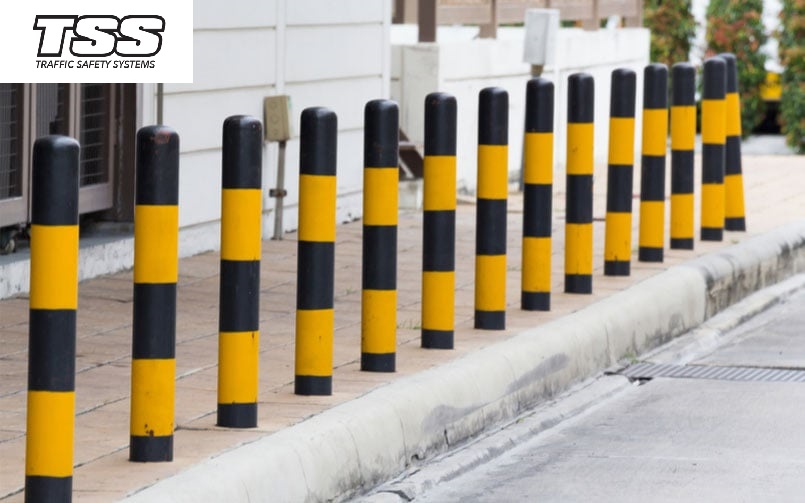When you think of safety bollards, you might envision them lining the streets or protecting storefronts. However, these versatile and sturdy barriers have far more applications than meets the eye.
In this blog post, we will uncover five surprising uses for safety bollard that you never knew existed. From enhancing security to improving traffic flow, safety bollards offer innovative solutions in various industries.
Let’s explore the untapped potential of these unsung heroes.
Pedestrian Safety and Crowd Control
Best Safety bollards play a crucial role in pedestrian safety and crowd control. By strategically placing bollards in public areas, such as busy sidewalks, parks, and event venues, you can create clear boundaries and guide foot traffic efficiently.
These bollards act as physical barriers, preventing vehicles from encroaching on pedestrian spaces and ensuring a safe environment for all.
Additionally, during large gatherings or events, safety bollard can be used to form organised queues, control entry points, and manage crowd flow, mitigating the risk of accidents and chaos.
Protecting Infrastructure and Utilities
Infrastructure and utilities are vulnerable to accidental damage or intentional attacks. Safety bollards offer a robust protective measure in such scenarios. Gas pipelines, electrical transformers, and communication equipment are critical components of our daily lives.
By installing safety bollards around these assets, they become shielded from potential vehicle collisions, safeguarding against costly damage and service disruptions.
The presence of bollards acts as a visible deterrent, dissuading unauthorised access and preserving the integrity of essential infrastructure.

Vehicle Access Control
Controlling vehicle access is essential in many settings, such as parking lots, private driveways, and restricted areas. Safety bollards equipped with access control systems, such as keycard or remote-control mechanisms, provide an effective solution.
These bollards can be programmed to retract or rise, granting authorised vehicles access while denying entry to unauthorised ones. This technology not only enhances security but also streamlines traffic management by eliminating the need for manned gates or manual intervention.
Building and Perimeter Security
Maintaining a secure environment around buildings is paramount. Safety bollards offer an unobtrusive and effective way to enhance security measures. They can be strategically positioned around entrances and vulnerable areas to deter vehicle-based attacks and unauthorised entry.
Bollards can also be designed to be crash-resistant, capable of withstanding high-impact collisions. By incorporating features like embedded lighting or cameras, safety bollard contributes to comprehensive security systems, providing both physical and visual deterrence.
Outdoor Design and Landscaping
Safety bollards are not just functional; they can also enhance the aesthetics of outdoor spaces. With various designs and finishes available, bollards can complement architectural styles and contribute to the overall ambiance.
Whether used to demarcate pathways in parks, highlight landscape features, or add a modern touch to urban design, bollards serve a dual purpose of safety and visual appeal.
Incorporating them into outdoor spaces allows for creative expression while ensuring the safety of pedestrians and property.
Conclusion
Safety bollards are more than simple barriers; they are versatile tools that serve a wide range of purposes. From maintaining pedestrian safety and managing crowds to protecting infrastructure and controlling vehicle access, safety bollard offers innovative solutions.
Their presence can enhance security, streamline traffic flow, and even contribute to the aesthetics of outdoor spaces.
As we uncover these surprising uses, it becomes clear that safety bollards are indispensable in various industries.
So, the next time you see a safety bollard, remember its hidden potential and the crucial role it plays in creating safer and more efficient environments.

